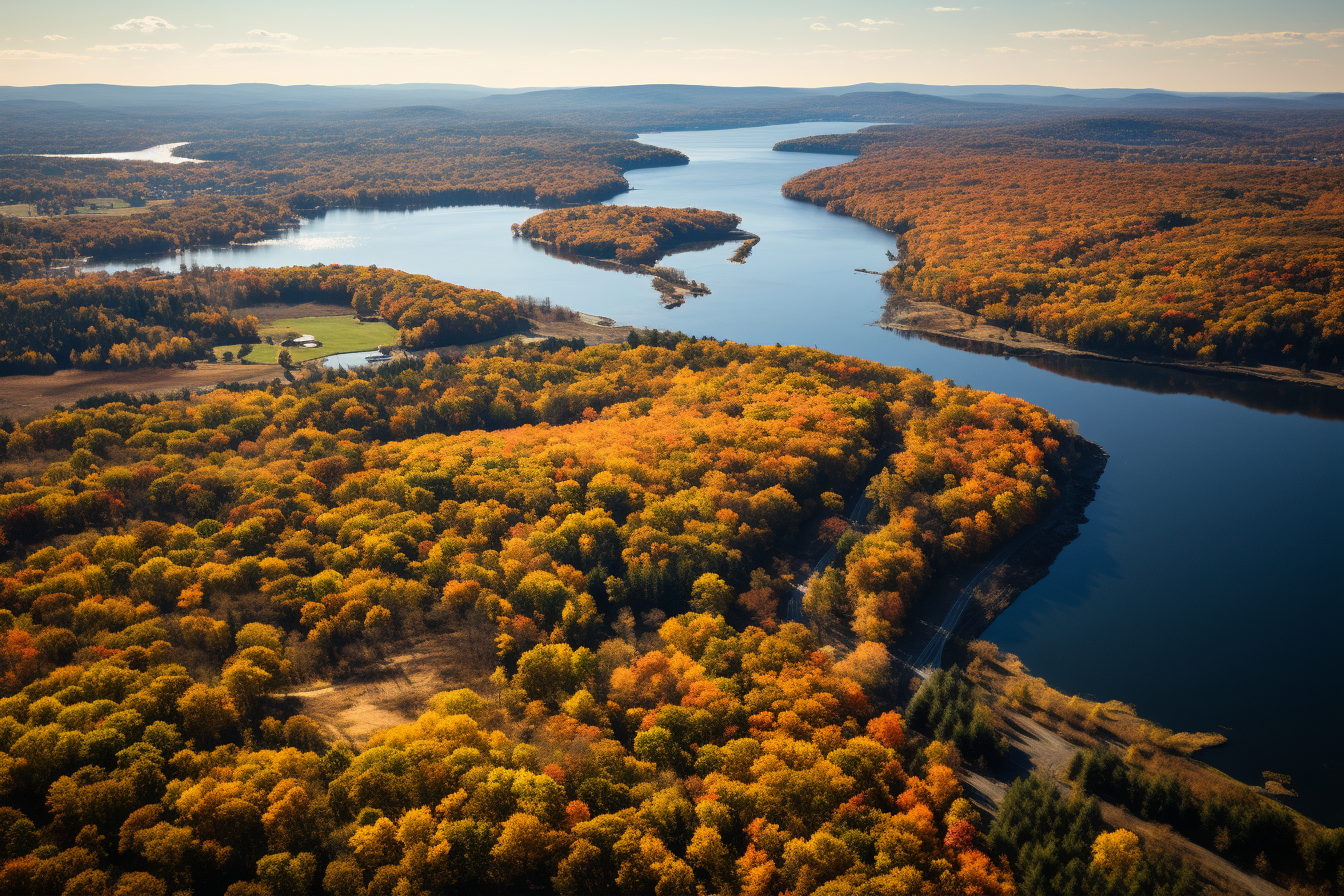"Researchers combined National Water Model outputs, sensor data, and geospatial parameters using machine learning to enhance understanding of water quality processes and create actionable forecasts."
Machine Learning Offers Enhanced Water Quality Management in Northeastern US
Posted: December 22, 2025

A study by University of Vermont researchers in collaboration with members of the United States Geological Survey using machine learning techniques showed promising improvements to water quality management for key organizations in the northeastern United States including the Lake Champlain Basin Program and the New York City (NYC) Department of Environmental Protection. The study is particularly relevant for forecasting during high magnitude flow events, which greatly affect water quality.
The research applies machine learning to data from the National Water Model (NWM) and detailed sensor networks. These networks monitor water quality parameters at a high level of detail, providing massive amounts of vital data for understanding water quality drivers.
The study targeted three watersheds: two in Vermont's Lake Champlain basin, where phosphorus is a concern, and one in the source watershed of the NYC reservoir system, focusing on turbidity.
Phosphorus, a nutrient that can lead to ecological issues like algal blooms when in excess, is critical to water quality in the Lake Champlain watersheds. Algal blooms can disrupt aquatic ecosystems and impact drinking water. Turbidity, the measure of water’s cloudiness due to suspended particles, is a key water quality indicator in the NYC reservoir. High turbidity can signal the presence of potentially harmful particles and affect aquatic life.
Researchers combined NWM outputs, sensor data, and geospatial parameters using machine learning to enhance understanding of water quality processes and create actionable forecasts. This approach is particularly beneficial for organizations responsible for water resource management and protection.
In the Lake Champlain watersheds, the study showed the significant influence of prior conditions and seasonal changes on phosphorus levels. Integrating these factors into machine learning models could lead to more accurate water quality predictions.
In the NYC reservoir watershed, shifts in turbidity-discharge relationships following large storms pose challenges to forecasting models, especially those based on historical data. This study promises that emerging ML tools could ease those challenges and highlights how machine learning models could have a larger role in environmental science and the management of water resources as communities work to mitigate the effects of the warming climate.
“Leveraging High Resolution Sensor Data and Large-Scale Physical Models to Monitor and Forecast Critical Water Quality Parameters in Sensitive Watersheds” presented as part of “Water Quality and Watersheds: From Scientific Innovations to Actions I” on December 13, 2023 during the American Geophysical Union Annual Fall Meeting
- John Trusal Kemper, University of Vermont
- Kristen Underwood, University of Vermont
- Scott D Hamshaw, U.S. Geological Survey
- James B Shanley, United States Geological Survey
- Andrew W. Schroth, University of Vermont

 Big Data
Big Data